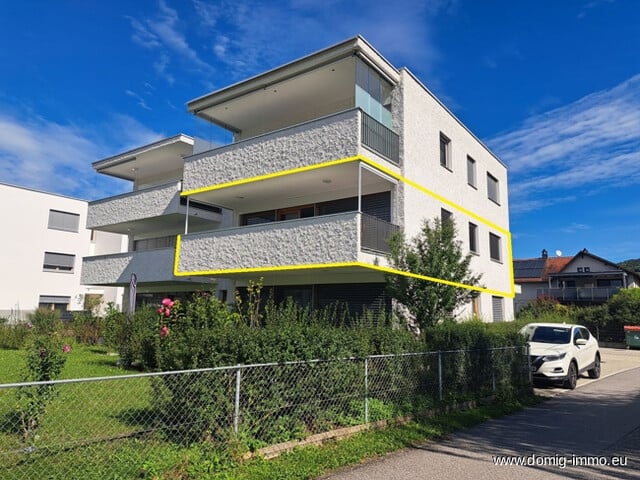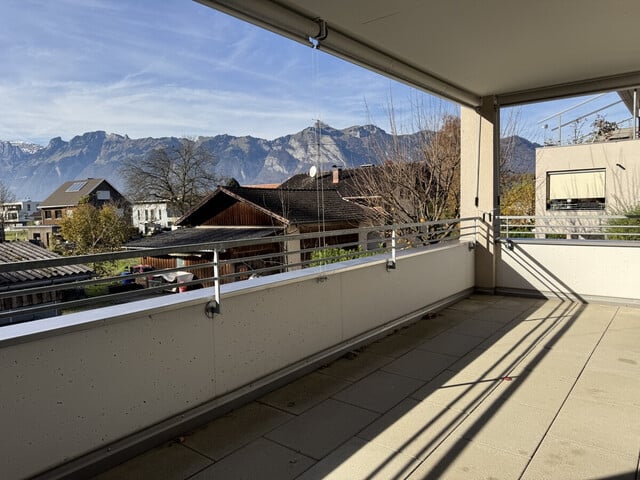Charging of E-Cars Should Become Simpler and More Transparent
The charging provider Smatrics, a subsidiary of the partially state-owned Austrian electricity company Verbund and the German energy company EnBW, is currently equipping its charging stations with price displays, with initial locations already in Austria and Italy. This is intended to allow the current price to be read on a display at the charging station, similar to a gas station. Furthermore, the company wants the prices at the charging stations to also be displayed in the navigation systems of cars, so that customers can decide on a charging station while on the way. Charging providers must already report the price for direct payment (by debit or credit card) to the regulatory authority E-Control.
Smatrics Wants to Make Charging Tariffs Variable
In the future, there should also be variable tariffs depending on the location and time of day. This means that electricity at charging stations away from main traffic routes or highways or at certain times of the day should become cheaper. As a charging provider, "I can differentiate myself from the competition by trying to steer through the price," said Hinrichs. The infrastructure is now so well developed that "prices are also falling."
From the perspective of the Austrian Electric Mobility Club, it will be easy for users when the charging infrastructure works reliably, is easily accessible without specific charging cards, and the prices are fair. A current problem is price transparency: "Do I need detective skills to avoid being ripped off?" asked the club's director, Christian Peter. According to Peter, the price is fair when the kilowatt-hour costs less than a third of the diesel liter price, currently less than 50 cents. It is also important that the charging process works without apps and that customer service can effectively support remotely in case of problems.
Tariffs for E-Commercial Vehicles Must Be "Calculable"
In the area of commercial vehicles, the charging tariff must primarily be "calculable," said Helmut-Klaus Schimany, Chairman of the Federal Association eMobility Austria. Large fleet operators mainly rely on charging cards, where this already works very well. "The fuel card seamlessly transitions into the charging card," said Schimany. For company cars, i.e., passenger cars, direct payment is also an option, although it is significantly more expensive.
Charging providers justify the price difference between charging cards and direct payment with customer loyalty programs. At the provider Orlen, which is represented in this country with Turmöl gas stations and the Austrocard fuel card, the price difference is "a few cents," said Stefan Woschitz, CEO of Austrocard. In the future, the prices for e-cars at Turmöl gas stations should also be displayed on price masts, similar to combustion engines. When this is the case, they will also try to reduce the price difference.
Schimany only partially accepts the argument of customer loyalty programs. In Austria and Germany, there are some charging tariffs that are 50 percent more expensive with direct payment. "This is no longer understandable," said the association chairman. Although there are companies where customers benefit from their loyalty, there are also "companies where you only get a bill."
(APA/Red.)
This article has been automatically translated, read the original article here.
Du hast einen Hinweis für uns? Oder einen Insider-Tipp, was bei dir in der Gegend gerade passiert? Dann melde dich bei uns, damit wir darüber berichten können.
Wir gehen allen Hinweisen nach, die wir erhalten. Und damit wir schon einen Vorgeschmack und einen guten Überblick bekommen, freuen wir uns über Fotos, Videos oder Texte. Einfach das Formular unten ausfüllen und schon landet dein Tipp bei uns in der Redaktion.
Alternativ kannst du uns direkt über WhatsApp kontaktieren: Zum WhatsApp Chat
Herzlichen Dank für deine Zusendung.








